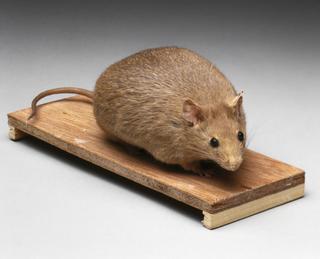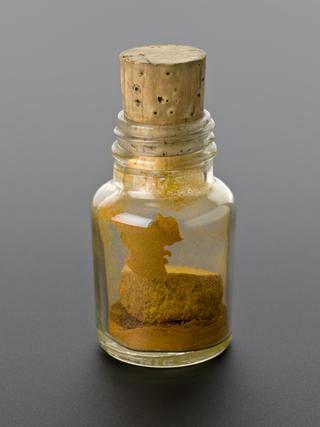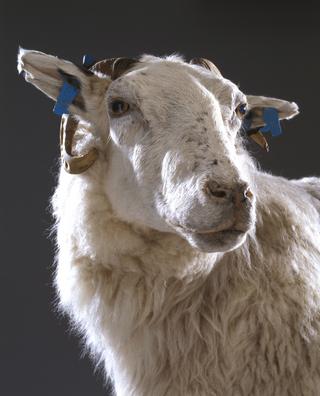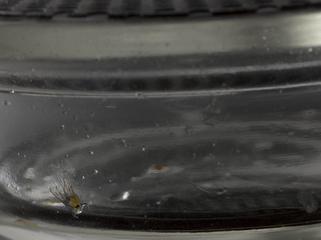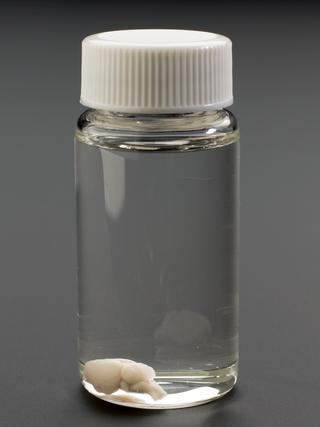
Scientific paper on the studies in wound infections. On the question of bacterial symbiosis in wound infections
- Made:
- 1917-04-21




Scientific paper on the studies in wound infections published during the First World War (1914-1918). Entitled On the question of bacterial symbiosis in wound infections, by SR Douglas MRCS, LRCP Lond., A Fleming MB, BS Lond FRCS Eng., L Colebrook MB, BS Lond and reprinted from The Lancet April 21 1917.
The First World War for British forces was largely fought on the Western Front, on what had previously been areas of fertile and well irrigated agricultural land in Northern France and Belgium. The impacts of industrialised weapons on the bodies of combatants could be horrific and the subsequent danger of wounds becoming infected from such environments compounded the threats to life.
War can be a driver for scientific and medical research and during the First World War wound infection was a fruitful area for researchers like Alexander Fleming. In this paper, co-written with Leonard Colebrook and Stewart Ranken Douglas the interaction of different bacteria in producing dangerous complications in infected wounds, such as gas gangrene, is discussed. Fleming served in the Royal Army Medical Corps during the conflict, working in hospitals behind the lines of the Western Front. He continued his medical research in the post-war years and in 1928 he discovered the broadly effective antibiotic substance, penicillin.
Details
- Category:
- Biotechnology
- Object Number:
- 1997-1569
- Materials:
- paper (fibre product) and ink
- type:
- report and reproduction
- credit:
- Found in museum
